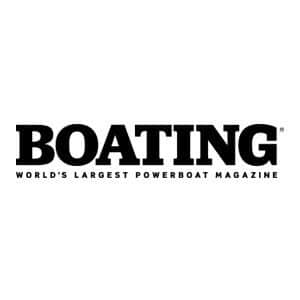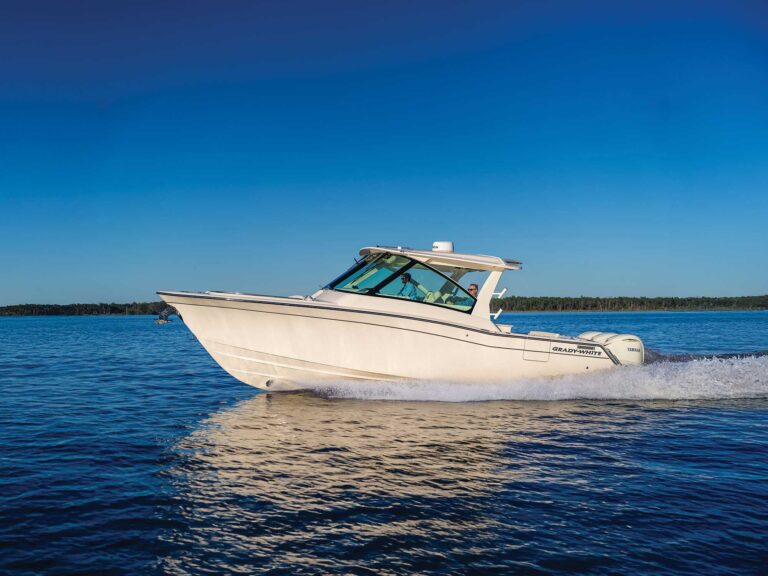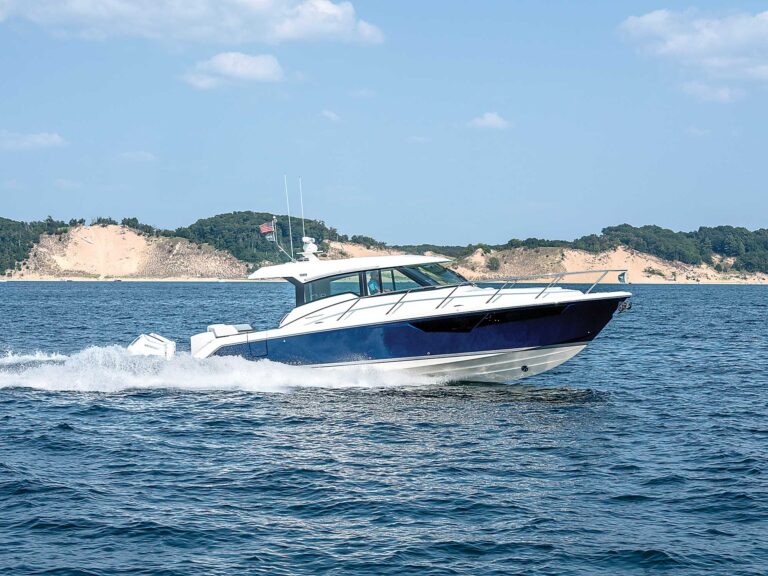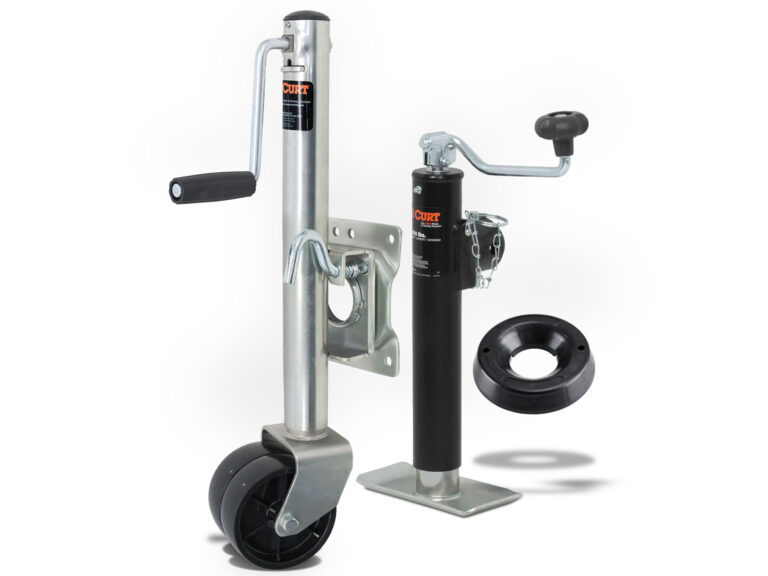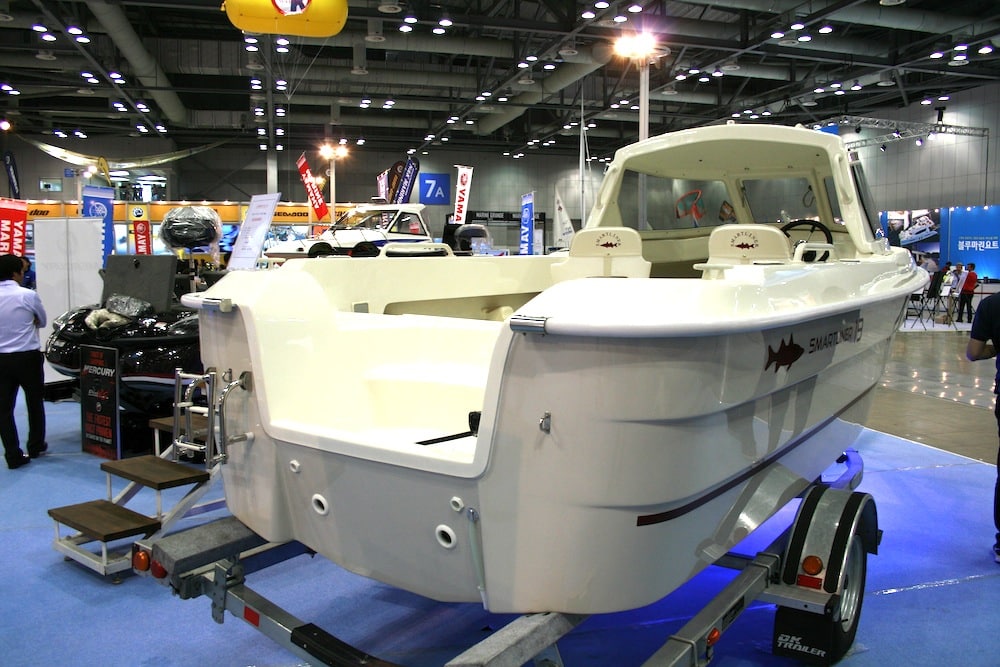
South Korea is out to develop a recreational boating culture
South Korea, a nation I am currently visiting as a guest of Intellian Technologies, boasts a population of 50 million. Yet, there are only 10,000 registered recreational boats, an infinitesimally small number of boats relative to the number of people. Essentially, South Korea has never developed a recreational boating culture.
So why is this true, particularly with a nation situated on a peninsula with the Yellow Sea to the west and the East Sea to the, well, to the east? On the southern tip of the peninsula, a labyrinth of the islands, lagoons and protected waters virtually invited boaters to its picturesque shores.
A big part of the answer lies in the region’s tumultuous past… and present. Just a few miles north of Seoul – the nation’s capital of 15 million people – lays the heavily armed and volatile rogue nation of North Korea. If you follow the news, you know that tensions are running high in the region, with the young leader of North Korea spewing threats on an almost-weekly basis. As a consequence, if you venture too far north on either the Yellow Sea or East Sea, and it may well be curtains for you and your recreational boat. Many of the waterways in and around Seoul are also restricted due to South Korea’s military defense operations. Not exactly what you might call a favorable boating environment.
The government of South Korea and, in particular, the province of Gyeonggi, wants to change this, believing that this nation could well develop a recreational boating culture. The first step is taking place this week with the Korean International Boat Show, which has been moved to KINTEX near Seoul. KINTEX is a massive convention center, the largest in South Korea.
Another big part of this process is the building of new recreational marinas along the coasts over the next seven years. The idea is to get the Korean people excited about boating, and Gyeonggi Governor Moon-Soo Kim believes strongly it will work. He has staked a big part of his administration on it.
Kim points to a large middle class in South Korea, increasing leisure time and a growing affinity for outdoor activities among the South Korean people as prime indicators that recreational boating has the potential grow here.
In many ways, it reminds me of the Baby Boom era in the U.S. when middle-class disposable spending grew and returning World War II vets were looking for new ways to have fun with their families. The advent of fiberglass boats and cheap fuel prices were all that was needed for recreational boating to catch hold in the U.S. Now it is part of our culture.
Can the same thing happen today in South Korea? I believe so, for the South Korean people display an amazing acceptance of new ideas, a trait that has made this nation a leader in technology development. Intellian’s cutting-edge marine satellite communications technologies is just one example of this.
In fact, if and when boating catches hold here, I believe the South Koreans will bring forth a multitude of new ideas and innovation to recreational boating, ideas that will surely cross the Pacific and become available in the U.S. marine market.
I am looking forward to that day.


